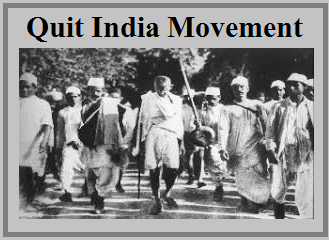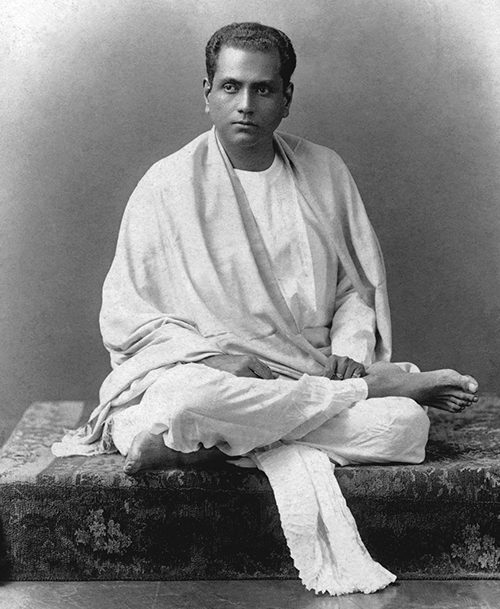‘Bharat Mata’ is an iconic painting done by Abanindranath Tagore; a famous painter recognized in India in the 20th century. Abanindranath Tagore is the nephew of the greatest poet, Rabindranath Tagore.
Bharat Mata – Abanindranath Tagore
He made this painting during the Swadeshi Movement boycotting the British goods and creating a sense of patriotism and self-love for our country. It was painted with the other Swadeshi ideals during the Indian Independence Movement.

This painting is done in watercolors showing a woman, portraying Mother India (as Indians often consider this Land as their motherland). This woman is wearing a saffron robe and is shown standing on the green earth with the blue sky above. She is shown like a sage woman with four hands.
In one hand she holds the Vedas that depict the strong education system and literature of the country, in the second she holds the rice paddy emphasizing on the rich food of the land, in third, she holds the Rudraksha mala which are referred to as beads of salvation and in the fourth hand she holds a piece of white cloth wherein the cloth refers to clothes to wear and white refers to peace.
This, this deity-like woman is thus offering Shiksha-Diksha-Anna-Vastra (education-salvation-food-clothes). All of this was painted to create a sense of feeling of the importance of the country in the minds of Indians.

The impact of this painting was that Bharatmata became the new deity of the country and was used as a rallying artifact during all the Quit-India marches. This image became the face of new Swadeshi India, free India, in which the Bharat Mata, the motherland was not in chains or restraints but radiant and gifted an optimistic future to its people.
The inspiration behind the Bengal school art, Sister Nivedita, praised this painting saying that it is a masterpiece and would love to reprint it and broadcast it all over. She further said these exact words in its appreciation: “one is struck by the purity and delicacy of the personality portrayed”



